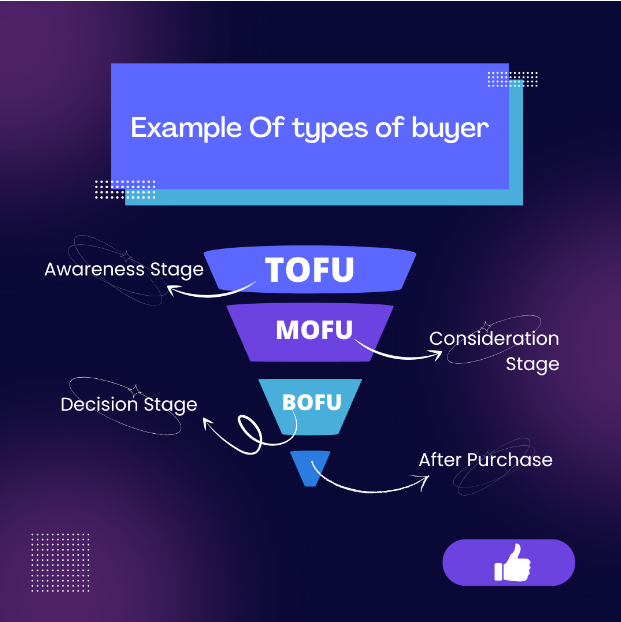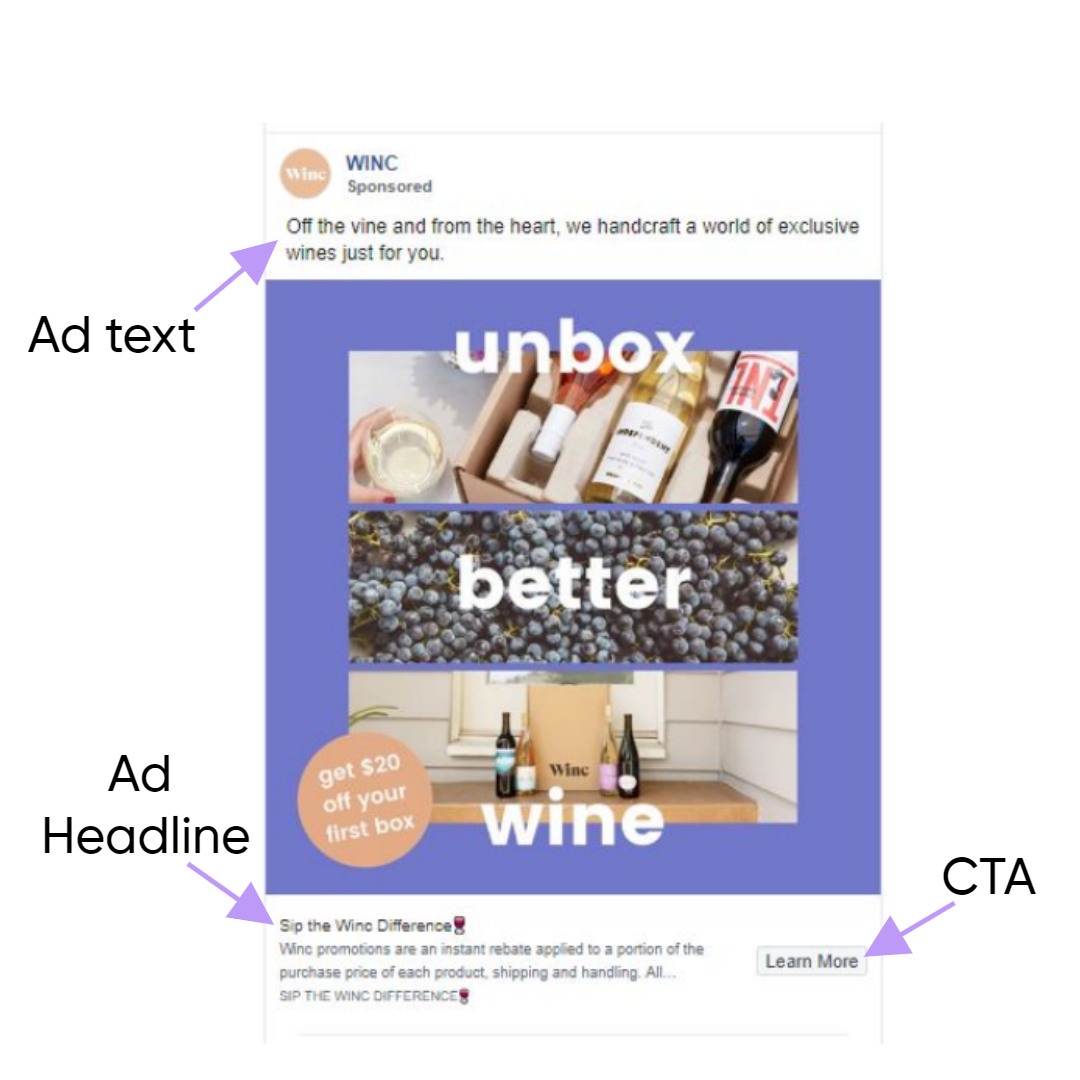Have you been spending thousands of dollars on Facebook ad campaigns but not getting conversions as expected?
According to experts, 98% of ad spend is wasted, and only 2% of your Facebook ad views convert.
It happened because of improper message delivery. In simple words, your Facebook ad copy needs to be improved because it fails to convince your target audience to take the action you want.
Writing copy for Facebook book ads is a big challenge, and people struggle to craft a copy that resonates with their target audience.
In this blog, I have covered six Facebook ad copywriting tips to help you overcome objections and boost your conversion rate.
With the help of those six Facebook ad copywriting tips, you can transform your underperformance ad into a conversion powerhouse.
No matter who you are, whether you are a business owner, digital marketer, or copywriter. This blog is for everyone who wants to strengthen their Facebook ad copy.
So now, without wasting time, let’s explore six Facebook ad copywriting tips to transform your ad performance.
Understating of the funnel
As a business owner or advertisement expert, you must understand that Facebook is a social platform. Here, people come to communicate with friends and to look for fun stuff.
So, keep in mind that you never try to maximize your conversion with the help of a direct pitch. On Facebook, you have to work on a funnel that starts from awareness and ends at the shop.
Don’t be too much salesy ![]() .
.
Use four-step Funnel (AIDA) to get conversions.
4-step funnel (AIDA)
AIDA stands for Awareness, Interest, Desire, and Action. Let’s understand each one in detail.
- First, give awareness to your target audience and make them realize they have a problem.
- In the second step, nurture them by giving them more knowledge with the help of solutions. In this phase, you must build interest in your audience’s mind about your product or service.
- In the fourth step, work to build desire in your audience’s mind. They should think they need your product and service.
- The last step is the action level, where you must create urgency to buy your product or service now. It is the right time to grab an opportunity, and here, you can give offers like 20% off, etc.

3-step funnel how I use it
It is my practice when I run any campaign, so I follow this funnel, which is based on three steps:
Cold Audience
It starts from brand awareness, where I aim to attract my target audience with the help of images, videos, infographics, and funny or inspiring content.
Warm Audience
The second step of my funnel focuses on the Traffic and conversion part, which aims to increase interest or capture leads.
In this step, I make offers, guides, and vouchers to appeal to my visitors. I use retargeting here for those audiences who interact with my first Brand awareness ads (Cold Audience Stage).
Retarget New Customers
Then, I use the retargeting method again in this step. I retarget my new customers with the help of retargeting ads, where I give them offers to attract them to buy from my store again.
Understand Your (Very Segmented) Audience
You need to structure your audience for the funnel because if you don’t, you can not write perfect Facebook ad copy that will maximize your conversion.
There are three audience types that can help you to structure your funnel:
TOFU top of the funnel (Cold audience)
For this audience, create a campaign such as (Brand awareness or Engagement) to identify those interested in your offering.
Use this campaign to make your custom audience consist of people who have interacted with your ad, such as those who clicked, engaged, or watched.
This campaign will help you create a warm audience list for future retargeting.
MOFU middle of the funnel (Warm audience)
For the middle-of-the-funnel audience, your campaign’s primary Goal is to retarget a warm audience.
Use a custom audience list you made in the TOFU (Top of the funnel) campaign. In this campaign, your Goal should be to sell our product or service.
BOFU Bottom of the funnel audience (Customers)
For the bottom-the-funnel audience, make the campaign for those who have clicked on your ad but could not buy for any reason, and for those who are your new customers, target them for upselling purposes.

Four Factors for AD Copy
It is essential for you that your Facebook ad copy is engaging and problem-solving. Many ads do not grab the audience’s attention because of weak ad copy.
To create a copy that resonates with your audience, consider four factors while crafting an ad copy for Facebook such as:
- Relevance: Your ad copy must be relevant and to the point. Do not try to be smart. Use simple words, including benefits. If you target students, your copy must be for students.
- Outcome: Try to play with the emotions of your target audience because it’s a killer combination to pair emotions with outcomes. Remember it: People love to buy the solution to their problems.
- Features: In your ad copy, the feature defines how you are different from others. Mention sales price benefits and facts. In short, incorporate factors that make your copy unique.
- Credibility: Add credibility factor in your ad copy, for example, testimonials, celebrity endorsement, total sales or customers, etc.
AD copy Best Practices
In Facebook ads, your ad copy must be well structured, which means your ad’s AD text, Headline, and call to action must be concise but attention-grabbing.
Let’s discuss how to make them perfect:
- Ad Text: Ad text’s best practice is that it should contain no more than 20 words. Include at least one emoji, use words that pique curiosity, and sell the outcomes, which means mention the benefit that grabs attention.
- AD headline: Use less than 6 words in your Headline. , hook the user, and MAKE them want to click!
- Call to Action: A call to action (CTA) is the final thing. In your CTA, incorporate an urgency factor that emphasizes this is the right time to grab an offer.
- Pro tip: Be simple and straightforward is best. Always remember your audiance in your mind. Never bother your target audience with multiple CTAs and use only one CTA per ad.

Understand tone of voice
Understanding the concept of tone of voice is very important. It helps you to make a brand persona. The tone of voice is all about how your ads communicate with your target audience. It influences how your target audience will perceive your message.In your all ad copies, follow the tone of voice that empowers your goal and values.
There are many types of tone of voice you can use in your ads.
For example:
- Formal or informal tone.
- Motivating Tone.
- Serious Tone.
- Optimistic Tone.
Bonus tip
The Bonus tip for you is all about your competitor. Remember my golden words: competitors are your best teachers.
If you want to write a successful ad copy that stands out, you must get help from your competitors.
You can get help from competitors by using a competitor analysis approach. This approach will help you to enhance the performance of your ads.
The main reason for performing a competitor analysis is to know:
- Which target audience are they targeting?
- Get an idea of how much money they spend to market their business.
- What tone of voice they are using?
- How often they run ads?
- What value they are offering?
If you are a startup, you need to focus on competitors who are already successful and have many likes and followers on social media.
Competitor analysis will help you to know your competitor’s weaknesses and strengths. It will also help you understand which strategies work for them and which do not.
Pro tip: Use a Facebook Ads Library. It will help you in competitor analysis.

Conclusion
Here, this blog has finished. This blog has given you enough knowledge about Facebook ad copy. But if you need clarification or help, please get in touch with me. I will help you.
This blog is about Facebook ads copywriting practice that helps you maximize your conversion. This blog contains 6 tips.
At the start (First tip), I discussed the funnel. The second tip was about the audience, where I gave you an easy way to structure or know your audience (TOFU, MOFU, and BOFU).
After this, in the third tip, I discussed four factors you should follow in your ad copy.
Furthermore, in the next step (Fourth tip), I have guided you about best practices for ad copy for your ad copy headline and call to action.
The second last tip was the tone of voice that helps you make your brand persona. The last tip was a bonus, where you learn about competitor analysis.

